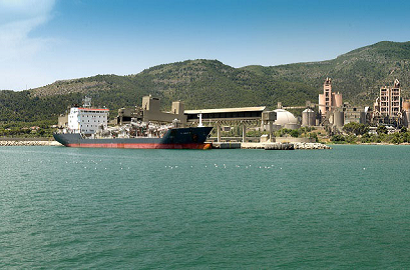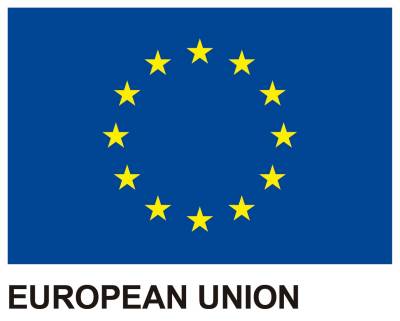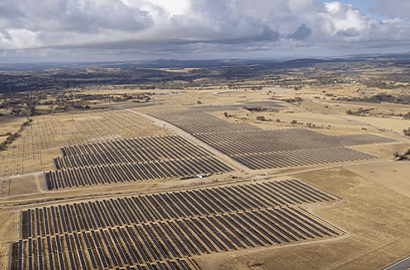Renewables attract foreign investment in Spain

Major boost to the development of solar energy, floating offshore wind and sustainable hydrogen projects
Several investment projects in renewable energy initiatives worth millions of euros have been announced in Spain in the past week. This ranges from generating sustainable hydrogen from waste to decarbonising industrial sectors that cannot be electrified, as well as developing promising floating offshore wind energy, and not forgetting plants that produce electricity during the many hours of sunshine that Spain enjoys. Let’s take a look at some of the most important projects.
15.5 million euros to produce hydrogen from waste
The HYIELD project, comprising sixteen partners from Spain, France, Luxembourg, Norway, Germany and Switzerland, will invest 15.5 million euros in the construction of a pilot plant for producing hydrogen from waste, with a capacity of three megawatts. The European Commission has awarded it a grant of ten million euros through the Horizon Europe programme.
As part of the project, Mexican building materials supplier Cemex has chosen its cement factory in Alcanar (Tarragona) for this pilot plant. During the four-year phase, the partners expect to process over 2,000 tonnes of waste and produce around 400 tonnes of green hydrogen from it. This fuel will in turn be tested to demonstrate its usefulness in decarbonising sectors, such as shipping, aviation and energy-intensive parts of industry.
Joint venture to develop floating offshore wind power
The energy company Plenitude, controlled by the Italian group Eni, has joined the agreement between BlueFloat Energy and Sener Renewable Investments to develop offshore wind projects in Spain. Its presence in the Spanish market will contribute to strengthening the partnership, which was created three years ago. It will also bring its experience in the European offshore wind industry and its technical expertise in developing and implementing large-scale, complex projects.
The consortium created by the merger of the three companies has a portfolio of around 1.25 gigawatts peak in floating offshore wind projects. The projects are Parque Nordés (Galicia), Parque Tramuntana (Catalonia) and Parque Tarahal (Canary Islands). Plenitude alone manages 430 megawatts of solar energy and onshore wind power in operation in Spain, one gigawatt of projects under construction and more than two gigawatts under development.
Plan to build 50 solar energy plants
The investment platform created a year ago by US fund Alantra and Spanish renewable project developer Solarig has taken a further step in its plan to build 50 solar energy plants in its two key markets: Spain and Italy. After connecting the first of these infrastructures to the grid, located in Zafra (Badajoz) and with 16 megawatts peak of capacity, it has closed the financing to build the next seven, which will add another 306 megawatts peak to its portfolio.
The consortium, called Alantra Solar, has secured the 213 million euros it needs thanks to a joint agreement coordinated by Rabobank, with ABN Amro, BNP Paribas and Commerzbank also participating as lenders. The project, which is expected to amount to 50 plants and a capacity of 1.9 gigawatts peak, is expected to be fully developed by the end of 2025.
The investment vehicle N-Sun Energy, managed by Alantra Solar and supported by Swiss infrastructure manager Reichmuth and French asset manager Amundi Energy Transition as strategic co-investors, will invest around 1.7 billion euros in acquiring these wind farms, which are being developed by Solarig. It will buy them as they reach the ready-to-build stage, as it has already done with the first 597 megawatts. A significant percentage of these projects will involve battery hybridisation.
295 million for four solar energy plants in Cáceres
The Norwegian energy producer Statkraft took advantage of the inauguration of the solar energy plant Talayuela II to announce a new investment of 295 million euros. The company will develop a complex of four solar plants in the province of Cáceres, with a total installed capacity of 492 megawatts. They are expected to be operational by 2028.
The Zajuril complex will be divided between the municipalities of Ahigal, Cerezo, Coria, Guijo de Coria and Calzadilla. It will create over 1,500 jobs, including the construction phase, at least 600 of which are expected to be for local people.
Renewable Japan enters project in Zamora
To close a busy trading week, RJ Eurodevelopment, a subsidiary of Renewable Japan, has acquired an undisclosed stake in a 37.8-megawatt peak capacity solar energy project in Zamora, which started operating commercially in October 2023.
Photo: Cemex




